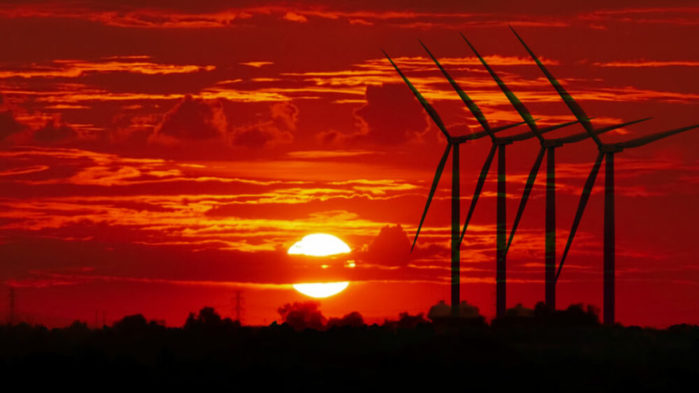

The Ministry of New & Renewable Energy’s (MNRE) year-end review has set out a highly optimistic path for India to achieve its ambitious target of 175 GW of Renewable Capacity by 2022. The ministry has set forth a plan to tender projects worth 30 GW of solar power and 10 GW of wind power capacity each in the financial years ending in March 2019 and 2020, granting each winning bidders a period of two years to complete their projects before the government goal deadline of 2022.


[related_post]
MNRE made clear that it wants to give assurance to renewable energy developers and the investor community about its long-term commitment to the clean energy sector and is encouraging them of the ability “to make risk free investments in the country”.
In a report released today by the research and rating agency ICRA it was revealed that based on the projects awarded by the central nodal agencies and state distribution utilities in the calendar years 2017 and 2018, renewable energy capacity additions in FY 2019 and FY 2020 are expected to be around 9,000 MW and 10,000 MW respectively. The agency predicts these capacity additions to increase the share of renewable energy in the country’s overall generation to 10 percent by 2019-20 and further to 13 percent by 2021-22.
The renewable energy sector remains exposed to near-term challenges arising due to the cost impact of safeguard duty and rising interest rates, coupled with transmission network availability, ICRA said. The average bid tariffs discovered in the auctions for wind and solar projects in 2018 has so far remained at Rs 2.6-2.7 per unit, increasing slightly from the low of Rs 2.4 per unit. “This uptrend in bid tariffs was partly driven by factors such as cost headwinds arising from rising interest rates, increase in capital costs due to the imposition of taxes and duties, rupee depreciation against the dollar for imported equipment; and rising equipment costs,” the agency said.
We believe these numbers, considering the current pace, and the political uncertainty that will take over for the next 6 months , are a tough ask. However, on the plus side, with state level initiatives becoming increasingly critical, states like Telangana, Rajasthan, Karnataka, Maharashtra and more might still surprise with their own moves. 2019 could yet be a breakout year for rooftops, with one industry insider quoting a potential addition of 6 GW basis the direction of reforms being undertaken right now.
India’s ethanol initiative has helped India save Rs. 1,26,210 crore in foreign exchange by reducing…
Noida-based green energy leader NexGen Energia Ltd has secured a $1 billion equity investment commitment…
As Odisha takes firm steps toward a just transition from fossil fuels to renewable energy,…
Bio-Integrated cladding for greener cities, an innovative solution by a 29-year-old Indian architect, has won…
In a novel move, Farmwatt Innovation has launched a long-term training and capacity-building initiative focused…
State owned Bharat Petroleum Corporation Ltd (BPCL) has joined hands with GPS Renewables Pvt Ltd…